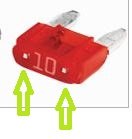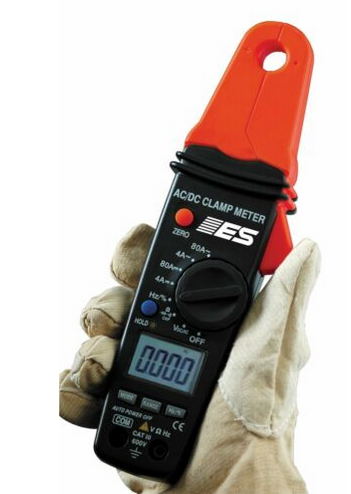Bazillion volts (electronic term) of lightening can fry anything in our vehicles. Lightening has so much power that anything with metal, or carbon (tires, wire insulation, plastic, etc) can conduct some of the electricity that is present around the area of a strike. I have seen and repaired damage by lightening and high voltage AC power (12,500V). Metal can be vaporized, welded; insulation can be fried, resulting in improper connections between adjacent conductors.
I would replace the dash module as a start. That may not cure the problems, but since it is a printed circuit board, it is a possibility.
When discussing lightening damage, it is important to remember that there are tiny modules and sensors that may have printed circuit boards or miniature components scattered throughout modern vehicles. They are connected to each other by both communication wiring, power wiring, sensor wiring and control wiring.
The battery could have been damaged in a weird way. Try substituting any automotive battery to see if symptoms change before you buy a new battery. GM products are very sensitive to batteries that have internal damage from any cause (age, sulfation, lightening, high impedance internal connections). I have had two GM vehicles that had unexplainable symptoms fixed by replacing the battery.
Unfortunately, it is possible that some harnesses have been damaged, resulting in improper connections between adjacent conductors.
Another possibility is a damaged alternator-take it to a qualified automotive electrical shop for testing.
Bottom line, any electrical or electronic part or wire can be damaged by a lightening strike. Good luck.


